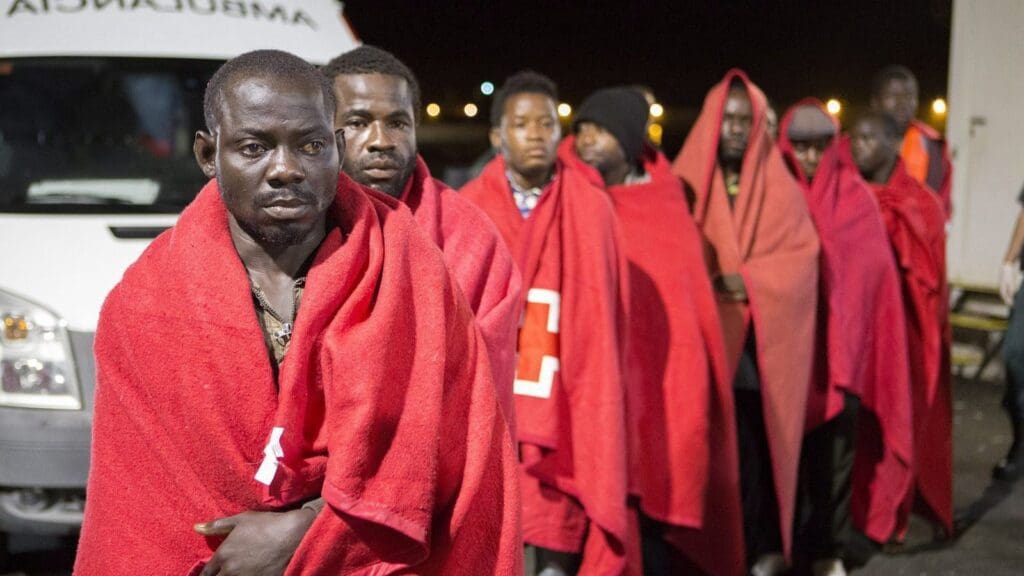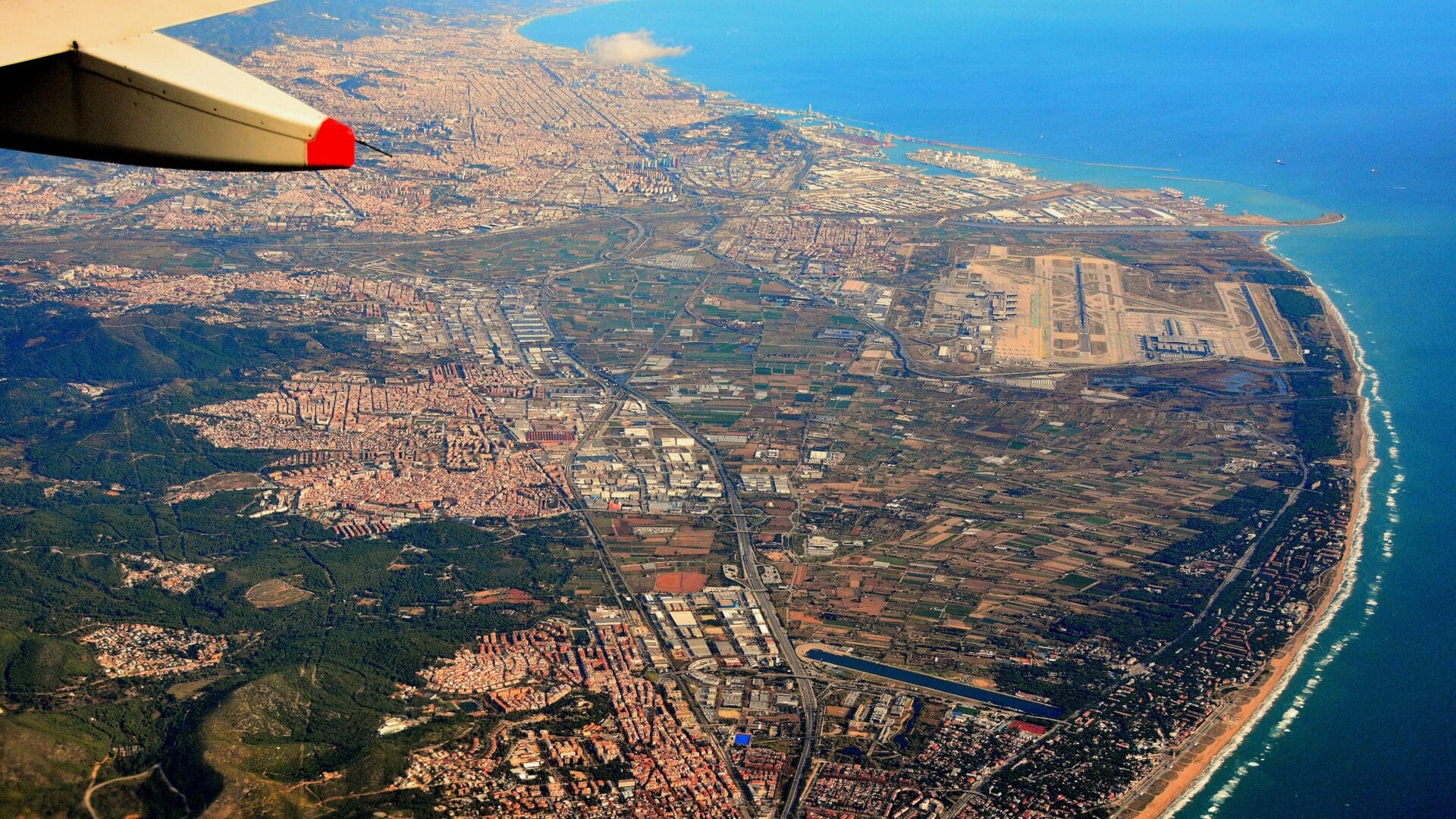This article, penned by Klaudia Tóth, researcher at the Migration Research Institute, was originally published on Corvinák on 10 February.
Migrants have discovered a new, cheap and safer way to enter the European Union: three times over the recent past have passenger planes from Morocco to Turkey been diverted by migrants pretending to be ill and faking giving birth, or even fighting while in Spanish airspace. Once the planes landed, the migrants fled en masse from the Spanish authorities.
Since November 2021, the flight schedules of three planes from Casablanca to Istanbul have had to be interrupted
because Moroccan nationals caused disturbance on board.
As a result, the planes were forced to land in Spain. The first flight was diverted on 5 November 2021: one of the passengers unexpectedly developed severe diabetic symptoms and two passengers, claiming to be doctors, found him to be in a critical condition, prompting the captain to make an emergency landing in Palma de Mallorca. After landing, 21 people ran away. Due to the incident, the airport had to be closed for three hours and 81 arriving aircraft had to be rerouted to another airport. At the hospital, the alleged patient was found to be in good health. Police eventually arrested him for facilitating illegal immigration. In addition, the two alleged doctors were found not to have medical qualifications.
On 15 May 2022, a group of 13 passengers on a commercial flight on the same route attempted to disembark the plane using violence after a fight broke out between two passengers and they landed at Barcelona airport. The Spanish authorities prevented the passengers from leaving the plane by locking the door of the aircraft.
The third incident occurred on 7 December 2022, when a Casablanca-Istanbul flight was diverted to Barcelona after a pregnant passenger pretended to be going into labour. After landing, the pregnant woman was taken off the plane via an ambulance lift, while a group of 28 people used the staircase set up for the police to get off the flight. While half of the passengers who attempted to escape on the runway were detained by the Spanish authorities, the other half managed to escape. The pregnant woman was taken to hospital but was arrested after it turned out that she was not in labour.
For migrants, this strategy is preferable to using human smuggling services for two reasons.
Firstly, it is cheaper and safer:
while smugglers can charge up to $7,000 to arrange air transport (e.g. by providing false documents and/or insider connections), a Morocco-Turkey flight ticket can be obtained for an average price of around $750. On the other hand, flights from Morocco to Turkey are also preferred probably because Moroccan nationals do not need to obtain a visa to enter Turkey.
This new method is also interesting and innovative for other reasons. Those trying to cross from Morocco into the European Union typically try to climb over the fences of the exclave of Melilla or Ceuta, or drift through the maelstroms to land at the Canary Islands or Spain. The fences built by Spain are designed to prevent the smuggling of arms, drugs and people and to prevent migrants from entering Europe illegally. These two border protection units are increasingly making headlines in the international press for the crossings they have prevented. The last time we saw shocking images and reports was in the summer of 2022, when, in the early hours of 24 June, nearly 2,000 people tried to cross the fence into Spain. 23 African migrants died and many others were injured in the incidents, according to official figures. The majority were Sudanese and South Sudanese.
As well as trying to get through the security border fences, there are also those trying to cross from Morocco to Spain by boat. They typically either head for the Canary Islands via the West African illegal migration route or end up in the south of Spain, arriving via the West Mediterranean route. The European Border and Coast Guard Agency (Frontex) keeps a record of how many illegal border crossings EU frontline countries detect at their borders. This shows that, compared to other routes (such as the Central Mediterranean corridor to Italy and Malta, or the Western Balkan corridor involving Hungary), the West African or Western Mediterranean illegal channels are less used, but they are of key importance.

This is so partly because Morocco, Algeria, Tunisia and Egypt were initially seen as transit countries,
but are now the main source countries of migration in the region.
In addition, as they are also gateways to migration routes from Africa to Europe, therefore cooperation between the EU and North African countries is of strategic importance. The vast majority of border violations detected along the Western Mediterranean route were committed by Algerian, Moroccan and Syrian nationals last year, while those detected in West Africa were committed by Moroccan, Senegalese, Guinean and Ivorian nationals.
Returning to the issue of hijackings: while overall, it is unlikely that forced landings in the European Union will become commonplace in the future, they are clearly an effective method of illegal immigration. It is not yet clear why only flights from Casablanca to Istanbul have been targeted, but to avoid future incidents, operators of flights from Morocco to Turkey should ensure that their crews are aware of this new strategy. Although there have been no reports of flight attendants or other passengers being injured, the phenomenon itself is a cause for considerable concern and the the migrants resorting to violence is a possibility in the future.
Click here here to read the original article








